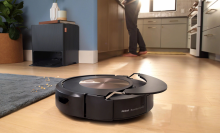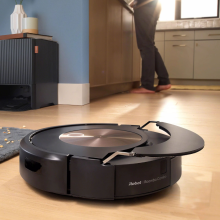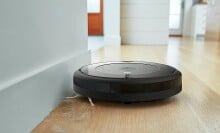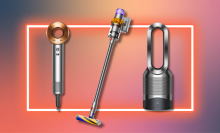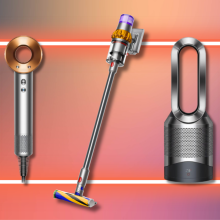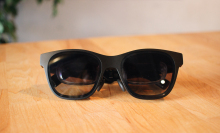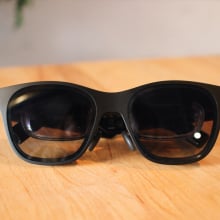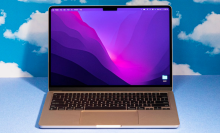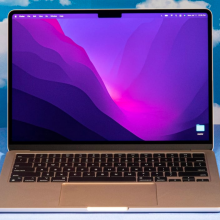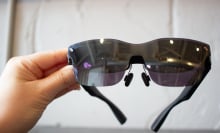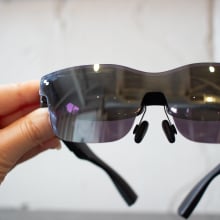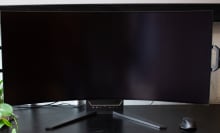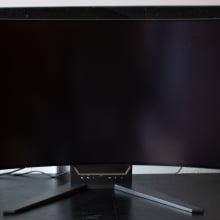UPDATE: Feb. 10, 2024, 5:00 a.m. EST iRobot, Shark, Eufy, Samsung, and Ecovacs released new robot vacuums at CES 2024, and we're in the process of testing them. We'll continue to shift our top picks in this story accordingly.
There's definitely something to be said for the crisp handheld control of a powerful cordless Dyson. But if you're not one to classify cleaning as cathartic, why not outsource that tedious task to one of the best robot vacuums?
The Mashable shopping team has put dozens of robot vacuums to the test in our own homes, and now we're here to help you find the right bot for yours.
Are Roombas the best robot vacuums?
Though Roombas are really good robot vacuums, they aren't the only good robot vacuums to consider. We understand why you might make that assumption. iRobot dominated the market from the early 2000s up until a few years ago, so it's no surprise that much of the general public still associates "Roombas" with robot vacuums as a whole. But brands like Roborock and Shark have entered the chat, and we're here to put some respect on their names.
We're regularly testing robot vacuums at multiple price points and keeping a list of the top performers based on criteria like smart mapping, obstacle navigation, automatic emptying, mopping capabilities (if applicable), and of course, the effectiveness of the suction power. We want to see how well these bots handle pet hair, crumbs, debris, automatic emptying, and more.
We managed to narrow it down to six contenders — here is the best robot vacuum for every home and budget in 2024:

